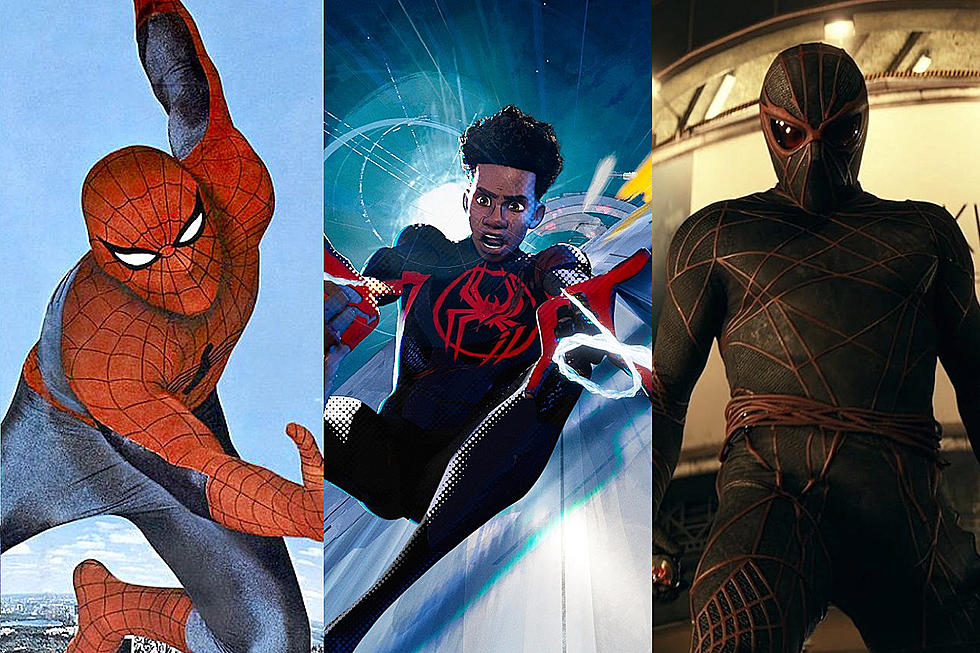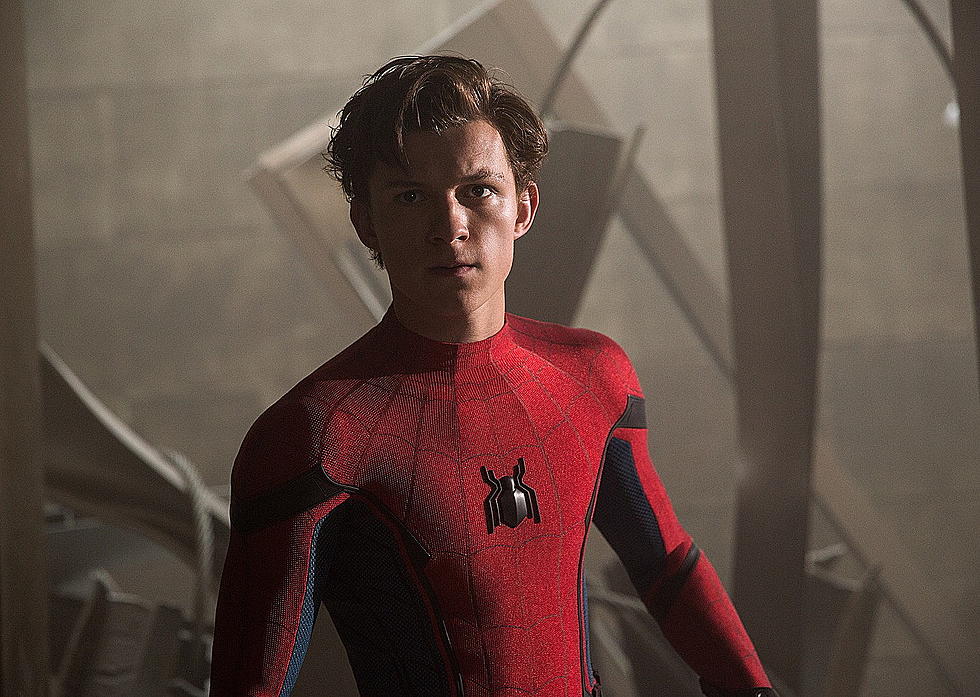
The Artist’s Spider-Man: The Longevity and Adaptability of John Romita Jr.
With the exception of his father, who still occasionally picks up a pencil or inking brush, nobody has been drawing Spider-Man longer than John Romita Jr.
Over the course of nearly 40 years with the character (longer if you count that he came up with the idea for The Prowler for 1969's Amazing Spider-Man #78), Romita has penciled somewhere in the range of 140 Spider-Man comics. Of course, longevity and productivity aren't the only hallmarks of a great artist, and Romita Jr. has done far more than simply pump out issues. He has changed with the times, adapted his style, and co-created some cornerstone Spider-Man characters.
Romita Jr.'s first Spider-Man work came in a six-page backup story in 1977's Amazing Spider-Man Annual #11. A detour into an Iron Man run kept him away from Spider-Man for a couple years, but a return was all but inevitable, and it happened in 1980, when Romita Jr. kicked off a lengthy run as the semi-regular artist on Amazing Spider-Man. In the course of that run, Romita Jr. co-created Hydro-Man, Hobgoblin, and, of particular interest to fans of the 1990s Spider-Man animated series, Madame Web.
During that run, Romita's art style resembled many other artists of that time --- the Marvel house style, as it were --- though even then the influences of his father's art style and one of the clearest of Romita Jr.'s inspirations, Jack Kirby, were evident. After all, look at that techno-webbing behind Madame Web.
Romita stayed on Amazing Spider-Man off and on through 1987, fitting an Uncanny X-Men run in there, too. Then he took a break from the character for a few years, taking on a Daredevil run with writer Ann Nocenti. In the midst of that run, Romita's style began to evolve from that more traditional Marvel style to something different. For lack of a better term, it got "boxier." It was more angular, more stylistic. It was clearly influenced not only by Kirby, but also by the work of another famous Daredevil artist, Frank Miller. On various Marvel projects, including Punisher/Batman and Punisher: War Zone, Romita Jr. worked with inker Klaus Janson, who often collaborated with Miller as well. In 1993, Romita Jr. would crystallize that style in Man Without Fear, a retelling of Daredevil's origin written by Miller.
Romita Jr. brought that style back to Spider-Man in the mid-90s when he drew some key parts of the Clone Saga: The Lost Years, a look at what clone Ben Reilly was doing while Peter was being Spidey, an issue or two of Scarlet Spider, and, starting with issue #64, the adjectiveless Spider-Man series starring Reilly in the Spider-Man role.
The title changed to Peter Parker: Spider-Man when the title character returned to the red and blues in early 1997. Romita Jr. stayed on the title through the end of the first volume (#98), through a reboot with a new volume with writer Howard Mackie, then switching over to Amazing Spider-Man for a sort of soft reboot with writer J. Michael Straczynski.
All along the way, Romita Jr. made tweaks to his style. Through much of the initial vol. 1 run, Peter Parker mixed lots of sci-fi elements and stories with several "street-level" stories. For example, there was a story about anti-mutant protests on a college campus and one very notable issue (#90) in which Spider-Man battles Blastaar in the Negative Zone. It's quite an accomplishment of art and coloring, as much of the book is in actual negative colors.
When vol. 2 came along, the focus shifted toward bigger superhero stories and Peter's new, more lavish lifestyle. That launch came just around the time Romita Jr. was also relaunching Thor with writer Dan Jurgens, and both books shared a sort of grand scale. (They also crossed over.) Things also took a bit of a supernatural bent, with vampire stories and a big Venom arc. Romita Jr. got to flex a few muscles he hadn't before.
For his Amazing run with Straczynski, Romita Jr. kept the big scale but it turned more mythic than superheroic, as JMS explored the "totemistic" nature of Spider-Man in a series of stories that divided fans. Romita's art, though (with help from colorist Dan Kemp and inker Scott Hanna) looked the best it ever had. It was bright and shiny. It was slick. It was still very recognizably Romita Jr., but there was a little extra panache.
Spidey also seemed to lose a few pounds.
Romita left in 2004 to go work on Wolverine, Kick-Ass and other books, but he did return briefly to pencil a few stories during the Brand New Day era, perhaps most notably the New Ways to Die story which introduced Anti-Venom.
So what's there to say about John Romita Jr.'s Spider-Man? It's undoubtedly distinctive (as is all of Romita Jr.'s art), but it's hard to name any specific traits. He's been bulky and skinny. He's been two different guys. The costume has gone through various tweaks. Romita Jr. has drawn every kind of story you can imagine in nearly 40 years of work. I don't know how to cherry-pick certain elements that describe it. I just know it when I see it. And it's really good.
A lot of fans don't like John Romita Jr., and I'll agree that he's an acquired taste. A lot of people say the same thing about Jack Kirby. Is John Romita Jr. as great an artist as Jack Kirby? Well, that's a high bar. But he is a pretty fantastic artist, a consummate draftsman and a chameleon who has adapted and adapted and adapted over the decades.
And he'll probably do it again. Romita might be drawing Superman and Batman right now, but he'll come back to Spider-Man. He always comes back.
More From ComicsAlliance







![All The Image Comics Announcements From Emerald City Comic Con [ECCC ’17]](http://townsquare.media/site/622/files/2017/03/Image-Featured.png?w=980&q=75)

